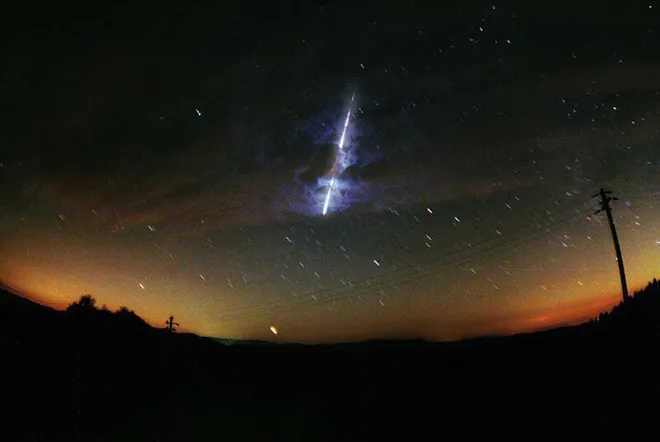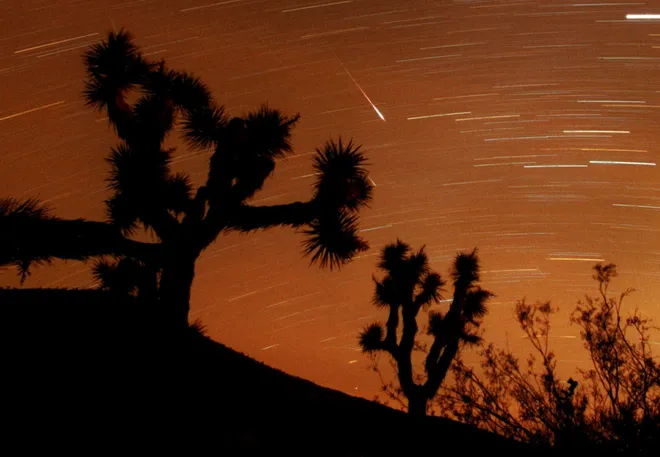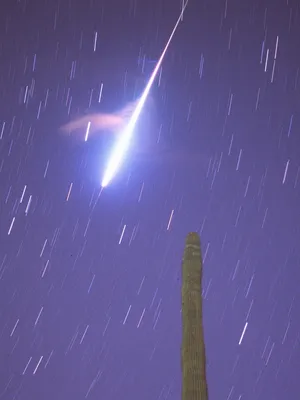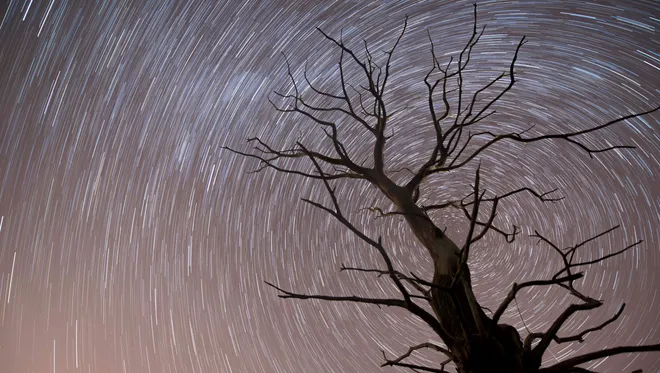A November meteor shower could be spectacular. Here's when to watch and where to look.
Meteor lovers, your annual mid-November treat is on the way.
The peak of the Leonid meteor shower will shoot across the sky on the night of November 17-18, 2023. The yearly spectacle occurs when the Earth passes through the debris field left behind by the comet 55P/Tempel-Tuttle.
This year, under a dark sky after the moon has set, you might see 10 to 15 meteors per hour, EarthSky said.
The Leonids appear to be coming from the constellation Leo the Lion (hence their name) in the east, but they should be visible all the way across the sky.

When is the Leonid meteor shower?
This year, the Leonids have been active since November 3 and will stay active through December 2.
But to view the peak of the shower, "watch late on the night of November 17 until dawn on November 18," EarthSky's Deborah Byrd said. "The morning of November 17 might be worthwhile, too."

What is the Leonid meteor shower?
The meteors are actually tiny pea- and sand-size bits of dust and debris crumbling off the Tempel-Tuttle comet as it swings by the Earth. (Earth’s orbit takes it straight through the debris trail.) The dust and debris ignites when it hits our atmosphere.
“As comets orbit the sun, they leave dust behind in their orbits,” said Theodore Kareta, a postdoctoral researcher at Lowell Observatory in Flagstaff, Arizona.
“Meteor showers occur when the Earth crosses one of these cometary dust trails and the dust burns up in our atmosphere. How much dust is in the trail, at what angle the Earth crosses it and what time of year this happens are all factors in where to look, when to look, and whether or not a meteor shower is really stunning or a real dud.”

Where are the Leonids visible?
“People should look towards the east from a dark sky location. Think national forests, state parks and other places far from big cities,” Kareta said.
“If you're trying to see meteors with your naked eyes, you've got to give your eyes time to adjust," he said. "Some meteors can be faint, so in addition to finding a dark place to stare at the night sky from, you should also give yourself 20-30 minutes to let your eyes get used to the low-light conditions.”
Fortunately for skywatchers, the Leonids are often bright meteors with a high percentage of persistent trains, according to the American Meteor Society.
Leonids have produced meteor 'storms'
Some of the greatest meteor showers ever seen have been the Leonids. In some years, they've been a full-fledged meteor "storm." The 1833 Leonid meteor storm included rates as high as an incredible 100,000 meteors per hour, EarthSky said.
More recently, "rates were as high as thousands of meteors per minute during a 15-minute span on the morning of November 17, 1966," Byrd said. "That night, Leonid meteors did, briefly, fall like rain."
When is the next meteor shower?
There will be two more meteor showers in 2023:
- Geminids: Nov. 19-Dec. 24, peaking Dec. 13-14.
- Ursids: Dec. 13-24, peaking Dec. 21-22.

Disclaimer: The copyright of this article belongs to the original author. Reposting this article is solely for the purpose of information dissemination and does not constitute any investment advice. If there is any infringement, please contact us immediately. We will make corrections or deletions as necessary. Thank you.




